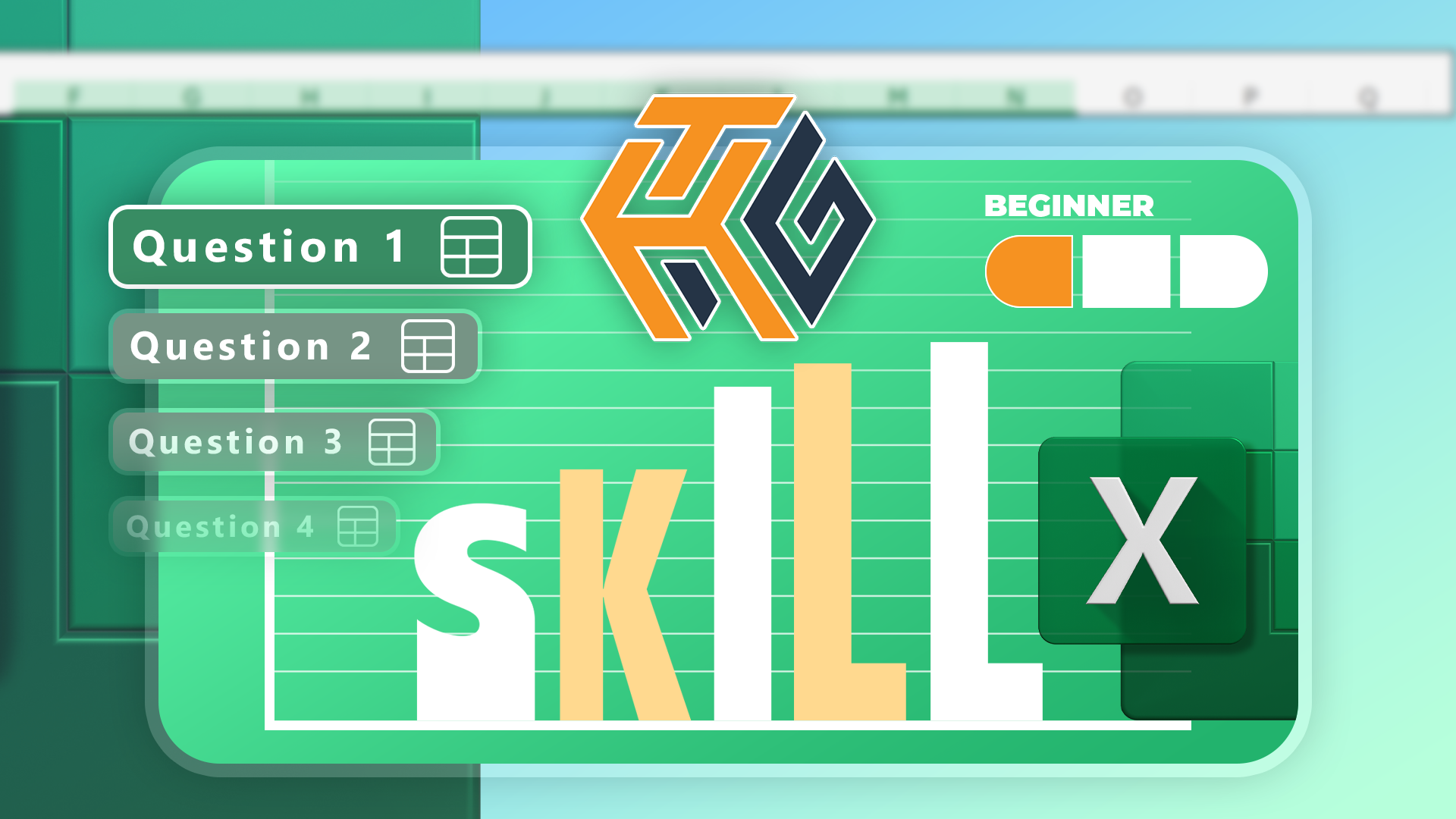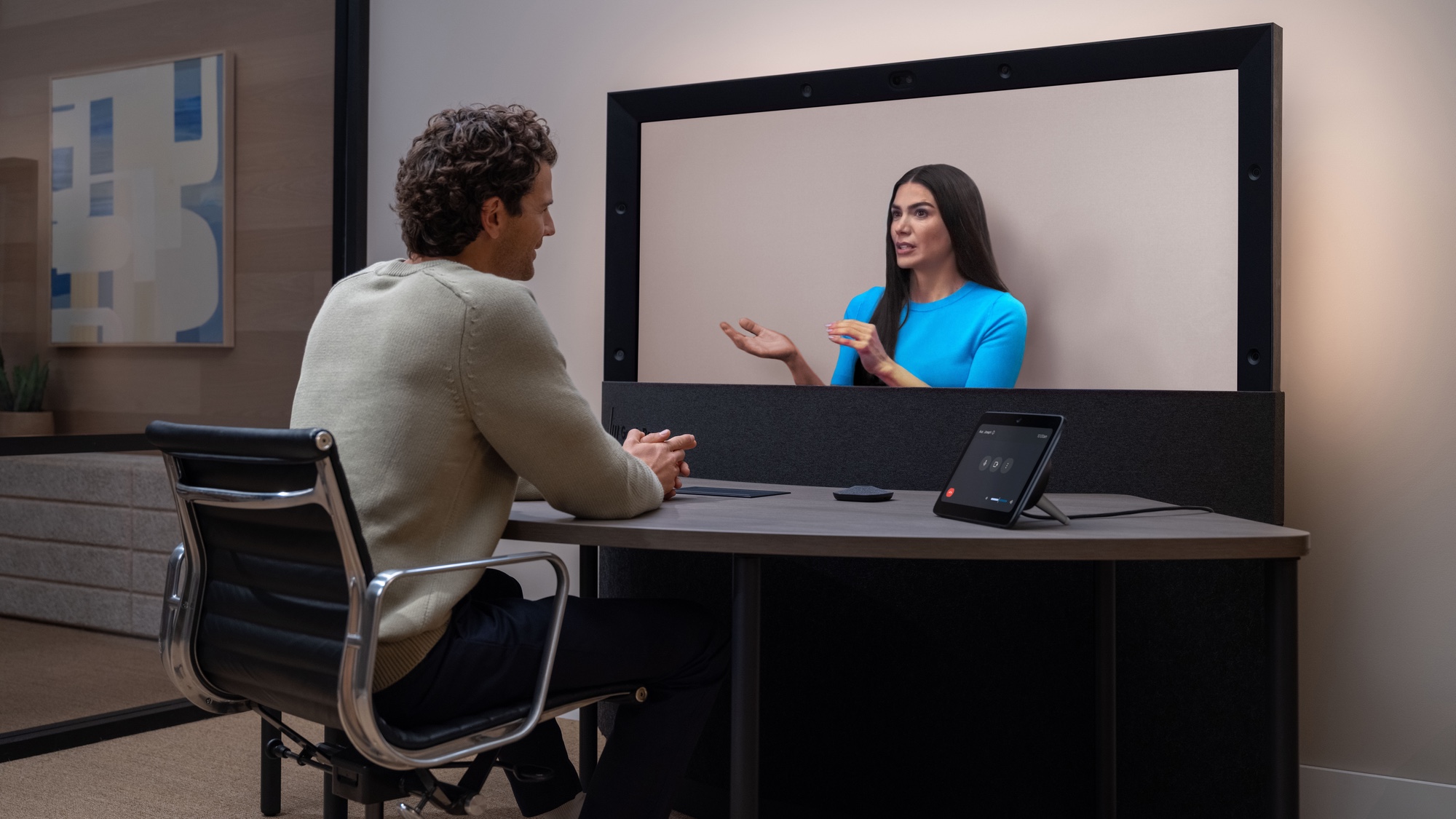What does it look like in Indiana Jones and the Great Circle?

When I started Indiana Jones and the Great Circle for the first time, I was expecting the classic options, which allow you to adjust the graphics settings to your preference, including the ability to disable ray tracing for better frame rates. To my surprise, the game not only makes ray tracing a central feature, but completely removes the option to turn it off. All you can change is the quality level of the ray tracing effects, and for those with top-notch hardware, the game also offers Path Tracing, an even more advanced form of light rendering. It’s a bold approach with a stunning result: the game impresses with a level of realism that redefines expectations in terms of graphics quality. In this article, I want to tell you how ray tracing is changing the way I perceived the world of Indiana Jones and the Great Circle, even on an entry-level NVIDIA gaming PC:
Indiana Jones and the Great Circle or the art of Ray Tracing lighting
After a few hours in the game, I realized that Global Illumination, the part of the ray tracing feature responsible for creating lights and shadows, is spectacular. The stone walls, the catacombs, the angles of the lighting coming from the windows, all quite faithfully reproduce how light would travel and bounce in the real world.

Vatican at night
From what I gathered reading about Indiana Jones and the Great Circle on the internet, the developers intended (and succeeded) to create an exclusive game based on hardware with physical ray-tracing cores. There is basically no way to experience Indy’s adventure without ray tracing! Even at minimum settings, the game still relies on ray tracing.


Your hardware must support ray tracing
It’s definitely a bold decision: Indiana Jones and the Great Circle requires an NVIDIA GeForce RTX graphics card or equivalent, and it displays an error if it can’t find ray-tracing support.
As radical as that sounds, I can’t help but appreciate how great the game looks. Especially when observing the light that outlines the corridors of the Vatican, the torch flames as you rush through the hidden chambers beneath the pyramids of Giza, the subtle reflections on the glossy surfaces, and the sunlight flooding through the window frames.


The lighting effects are spectacular
For instance, in the Vatican room shown below, the reflections on the marble floor look lifelike, close to reality. Obviously, this is a big resource drain, but it seems worth it to me. I’ve often caught myself stopping just to admire how the light of a sunset streams through high windows, coloring the floor and walls in orange hues.


The reflections look realistic
What’s even cooler is that Indiana Jones and the Great Circle also supports Full Ray Tracing. Otherwise known as Path Tracing, this visual rendering mode takes realism to an even higher level, especially in outdoor areas where the game can follow the entire trajectory of the light rays. But be aware that you can only enable Path Tracing on video cards with ray-tracing cores and at least 12 GB of memory.
In case you were wondering, these are the system requirements for playing Indiana Jones and the Great Circle in standard rendering mode (with ray tracing) versus the Full Ray Tracing rendering mode:


System requirements for Indiana Jones and the Great Circle
While I was playing this game and writing this article, the PC I was using was Powered by ASUS, and its hardware was:
- Graphics card: ASUS TUF Gaming GeForce RTX 4060 Ti 8GB GDDR6 OC Edition
- Motherboard: ASUS TUF GAMING B760M-PLUS
- CPU: Intel Core i5-14500, with 14 cores, 2.5 GHz (2500 MHz) base frequency and turbo up to 5.0 GHz (5000 MHz)
- RAM: 16GB DDR5 Corsair 16GB DDR5, running at 5200 MT/s (MegaTransfers per second)
- Storage: 1TB BarraCuda Q5 SSD with PCI Express 3.0 x4 interface
- PSU: 850W ASUS ROG Strix Aura with 80 Plus GOLD efficiency certification
- PC case: Mid Tower ASUS TUF GAMING GT502


The computer I used for playing Indiana Jones and the Great Circle
The most important aspect is the graphics card on the PC: ASUS TUF Gaming GeForce RTX 4060 Ti 8GB GDDR6 OC Edition. You can tell right from its name that it has 8GB of memory, which means I couldn’t experience the Full Ray Tracing rendering mode. Those settings don’t show up in your game if the system you’re using doesn’t meet the hardware requirements.


ASUS TUF Gaming GeForce RTX 4060 Ti 8GB GDDR6 OC Edition
However, the graphics card and my system were able to run Indiana Jones and the Great Circle at an acceptable quality.
To maximize my enjoyment of the game’s lighting effects, I ended up running it at 1080p resolution (Full HD), with NVIDIA’s DLSS upscaling technology enabled on Balanced mode. I then chose a mixture of minimal and medium settings across the board, but with the highest quality options available when it came to lighting settings for shadows, reflections, and water.


I played Indiana Jones and the Great Circle using a mix of customized settings
The result? Good image quality, realistic lighting, and very decent performance. The average frame rate per second measured after Indy left the Vatican and arrived in Giza, under the scorching Egyptian sun, was around 90 fps.


The game performs well if you properly customize its settings
Finally, Indiana Jones and the Great Circle is unquestionably built on an interesting philosophy: no settings to completely eliminate ray tracing. A bold decision, but for me and my 8GB NVIDIA GeForce RTX 4060 Ti, this approach proved manageable. At a customized, but still pretty average quality level, I was able to run the game reasonably well, with good frame rates. Yes, I can’t access Path Tracing, which leads me to believe that I haven’t yet seen the game’s “true form.” Still, the overall lighting with ray tracing looks exceptional.
What GPU will you use to look at Indy?
After playing Indiana Jones and the Great Circle, it seems to me that we are entering an era where ray-tracing technology is becoming a true standard. An era where more and more games will include ray tracing as a mandatory requirement. I have to admit, this is the first game I’ve seen that doesn’t even allow you to start it on an older graphics card without specialized ray-tracing hardware. But having visited the palaces of the Vatican and rummaged under the Egyptian pyramids, I declare myself a fan. I don’t regret this technical constraint. The realistic lighting and shadows give scenes a special charm. Do you agree? By the way, what NVIDIA video card will you be playing Indiana Jones and the Great Circle on?
Source link











